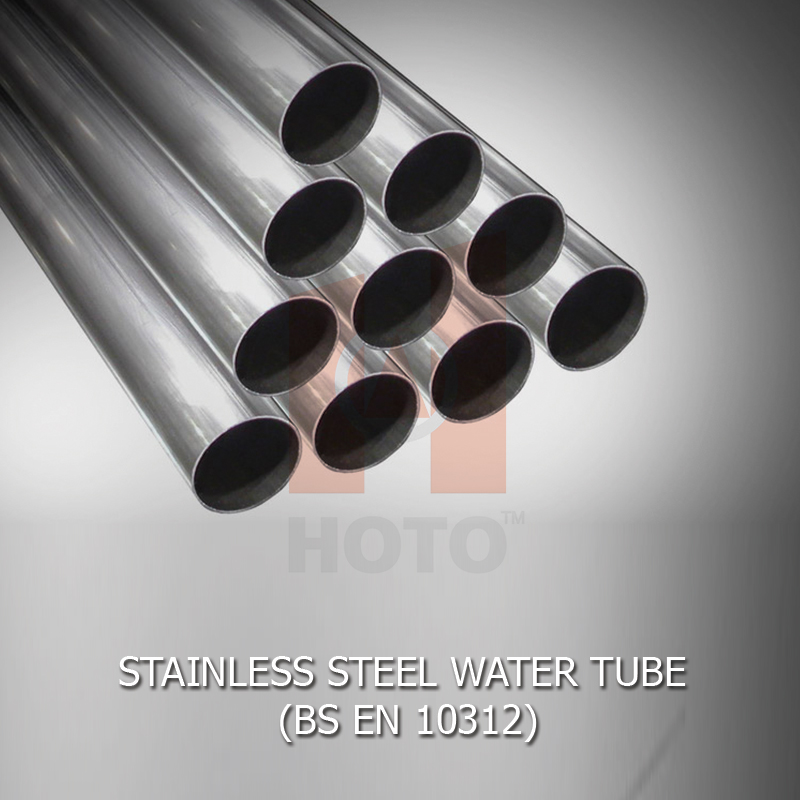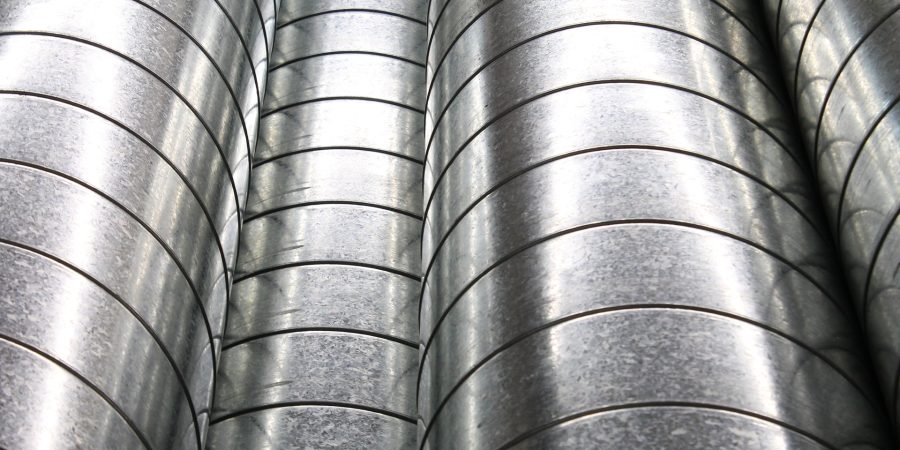The Significance Of Stainless Steel Pipe
Stainless steel pipe is often used and found in piping systems for delivering fluids or gases. Pipe manufacturers build steel pipe from a steel alloy containing nickel as well as chromium, which give stainless steel its anti-corrosion properties. Stainless steel pipe stops the process of oxidation, making it a low-maintenance solution that is a much better option for high temperature and chemical applications. As it is easily cleaned and sanitised, stainless steel pipe is also preferred by many people for use and applications involving food, beverages, and pharmaceutical applications.
Stainless steel pipe is commonly built through a welding process or extrusion. The welding process means shaping steel into a pipe shape and then welding the seams together to form the particular shape. Whereas extrusion makes a product and does include a process of heating a steel rod and then piercing it through the middle to create a pipe.
Differences Between The Stainless Steel ‘’Pipe’’ And ‘’Tube’’
Although the terms “pipe” and “tube” are frequently used by some people to refer to the same item, it is essential to understand the distinctions. Though the stainless steel pipe and stainless steel tube share the same cylindrical shape, steel pipes are measured by the interior diameter (ID), whereas steel tubes are measured by the outside diameter (OD) and wall thickness. Another aspect differentiates stainless steel pipe and stainless steel tube is that stainless steel pipe is used to transport fluids and gases, while stainless steel tube is used to build parts or structural components.
Where Is Stainless Steel Pipe Commonly Used?

You may find that stainless steel pipe is usually installed at these such places or industries:
· Food processing
· Textile operations
· Water treatment
· Oil and gas processing
· Pesticides and fertilizers
· Chemical applications
· Construction
· Automotive components
· Pharmaceuticals
Characteristics Of Stainless-Steel Pipe
The use of stainless steel is extremely versatile and can be found in both indoor and outdoor applications. For your pipe project, using stainless materials offers a number of benefits, such as lightweight in size, durable, long-lasting, handles high-flow rates, more convenient to machine, anti-scratch, convenient to sanitize, require low-maintenance, corrosion-resistant, can be recycle, environmentally friendly materials.
Various Types Of Steel Tubing And Stainless Steel Piping
(i) Stainless Steel Pressure Pipe
Either solid chromium or a chromium and nickel alloy is used to create this type of stainless steel pipe. Seamless and welded stainless steel pressure pipe, electric fusion welded pipe for high-pressure applications, large diameter welded pipe for corrosive or high-temperature applications, and seamless and welded ferritic and austenitic stainless steel pipe are some examples of the types of stainless steel pressure pipe.
(ii) Stainless Steel Mechanical Tubing
Stainless steel mechanical tubing is frequently used in parts with hollow construction, such as cylinders, bearings, and other hollow formed components. In addition to the more conventional round tubing cross-section, tubing can be manipulated to have a variety of other cross-sectional shapes, including square and rectangular. The most common grades used for mechanical tubing applications are ASTMA 511 and A554.
(iii) Stainless Steel Aircraft Tubing
Because it is heat and corrosion-resistant, stainless steel of the chromium and nickel type is used in highly specialized aircraft applications. Typically used in high-strength applications, stainless steel aircraft tubing can be welded or work-hardened, though work-hardened components shouldn’t be used with all types of corrosive materials. For welded parts, low-carbon stainless steel varieties are frequently chosen. Aircraft structural tubing is used for applications that call for seamless and welded tubing in larger sizes (1.6 to 125 mm in outside diameter). This type of stainless steel is produced in accordance with Aerospace Material Specifications (AMS) or Military Specifications (MIL Specs).



